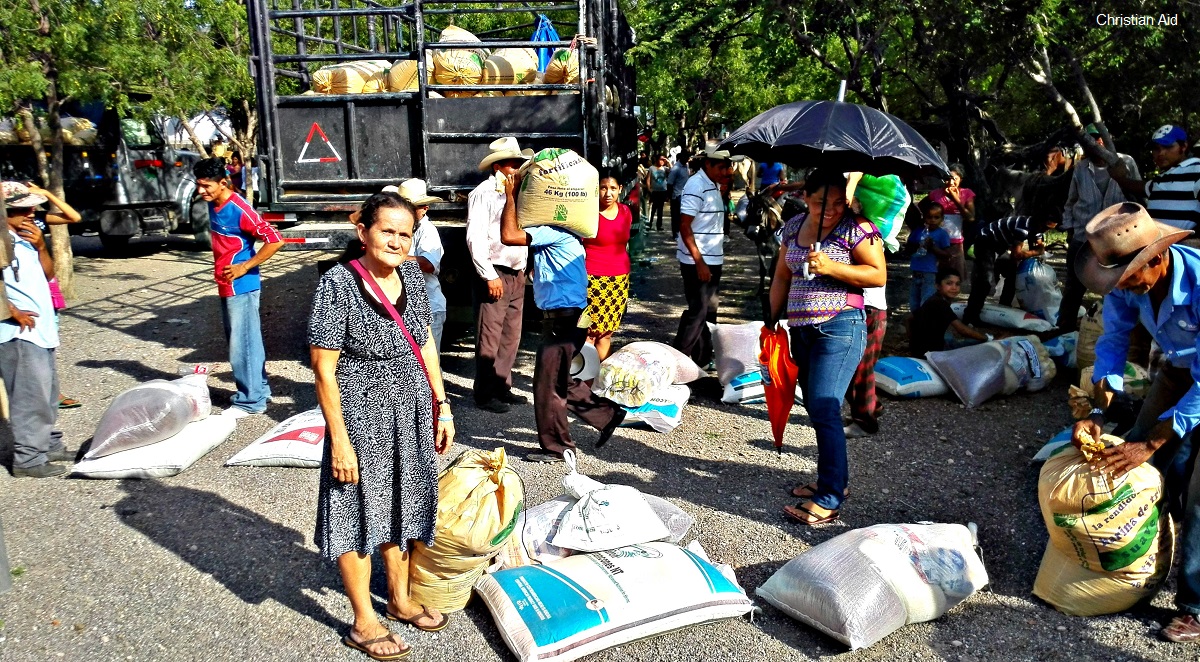When I ask any of the 42 members that make up the Start Network what words immediately come to mind when they think about the Start Fund, the network’s rapid response fund, I typically hear ‘quick!’ and ‘disasters that unfold rapidly, like floods and earthquakes’. This is to be expected. After all, ‘rapid onset’ crises relate to the clear majority of Start Fund alerts and interventions. But this is not the whole story. In its pursuit of helping the world’s most crisis affected populations, the Start Fund has also changed lives for the better in chronic, ‘slow onset’ crises, such as drought, food insecurity, and extreme winters.
The Start Fund and slow onset crises
Why does the Start Fund receive fewer alerts for slow onset disasters? And in cases when they are alerted, why are they less likely to receive funding? Part of the answer is that slow-onset disasters present unique challenges to the Start Fund. Unlike a rapid onset flood, which has a clear start date and defined geography, a slow onset drought, for example, takes longer to detect, tends to have more underlying causes, requires longer-term assistance, and features less defined borders. This is a tall order for a mechanism designed to act early and to complete projects in just 45 days. But it can and has be done, as demonstrated by the 18 slow onset interventions under its belt. With a bit of introspection on this topic, the Start Fund has an opportunity to adapt more closely to slow onset needs and be more readily considered in these contexts.
Hot off the press is a report titled “Start Fund: Learning from Slow-Onset Crises” that aims to achieve just that. Both short and long versions are available. It explores why agencies have been reluctant to alert the Start Fund in the past, how and when to intervene, and what factors decision makers should consider within our model. It also draws on first-hand interviews conducted last summer in Somalia with member agencies and communities that received our assistance. Below are seven key findings that could improve our work.
Key learnings from slow-onset crises
First, the Start Fund has indeed helped agencies to reach the most vulnerable households, fill short-term funding gaps, and create a ‘springboard’ for future work. Gaps remain, however, in evidence of impact beyond the 45-day funding window, which should be made a priority in future visits after project closure.
Second, despite recent advances in defining the Start Fund’s ‘niche’ within the humanitarian sector, further clarification is needed around slow onset crises. Decision makers need clearer guidance for what constitutes slow onset crises, ‘small to medium scale’ and ‘spike’ in crises. They also need to know what types of slow-onset crises are most appropriate for the Start Fund, as well as what thresholds to set for alerts to ensure timely and more consistent decisions.
Third, the Start Fund should consider freeing slow onset crises from its standard 72-hour decision making target, allowing more time to fill critical information gaps, just as is applied to anticipatory alerts, as well as within the Start Network’s ‘Migration Emergency Response Fund’ (MERF).
Fourth, member agencies struggle to fund enough joint rapid needs assessments and market assessments in slow onset crises, which are critical for advocating for longer-term solutions and enabling agencies to access follow on funding. The Start Fund has directly commissioned a few assessments through its learning budget, which have had positive results, but should consider allocating more resources for this activity to increase its overall impact on crises.
Fifth, information that is gathered by agencies needs to be shared more across the membership, particularly forecasting data prior to the submission of formal alerts, as well as with clusters, working groups and other response mechanisms in country.
Sixth, proposals repeatedly underestimate costs associated with achieving geographical coverage in slow onset disasters, and in several cases, project selection meetings have encouraged agencies to increase the number of aid recipients, but without adequately budgeting for this change.
Finally, the Start Network’s ‘Drought Financing Facility’ (DFF) works to prevent droughts from materialising. Seeing as the Start Fund focuses on those that do materialise, connections should be made with this facility for cross-over learning.
If you have any questions or comments about this report, or suggestions on how the report’s lessons and recommendations can be best applied, feel free to contact me at ian.simcox-heath@startnetwork.org.
More information:
- Download the report (long version): Learning from Slow-Onset Crises
- Download the report (short version): Learning from Slow-Onset Crises
- Read more about the Start Fund
- Read about the Start Fund Crisis Anticipation Window

